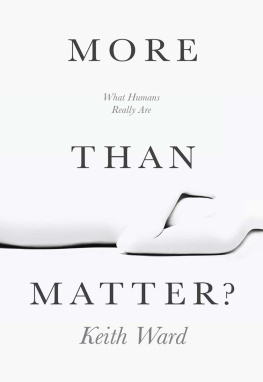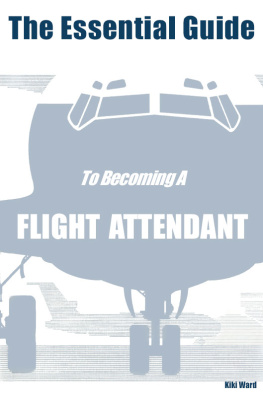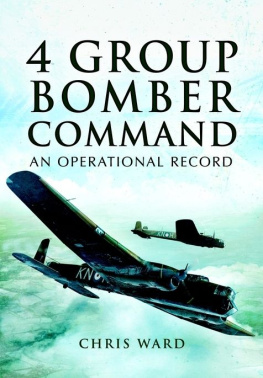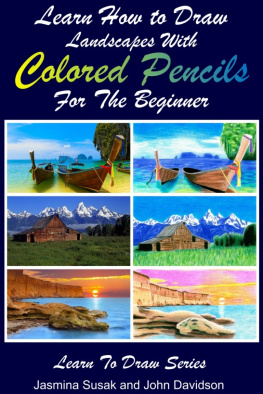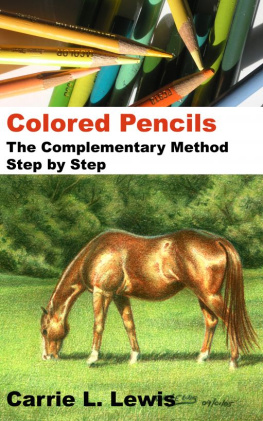Contents
Guide
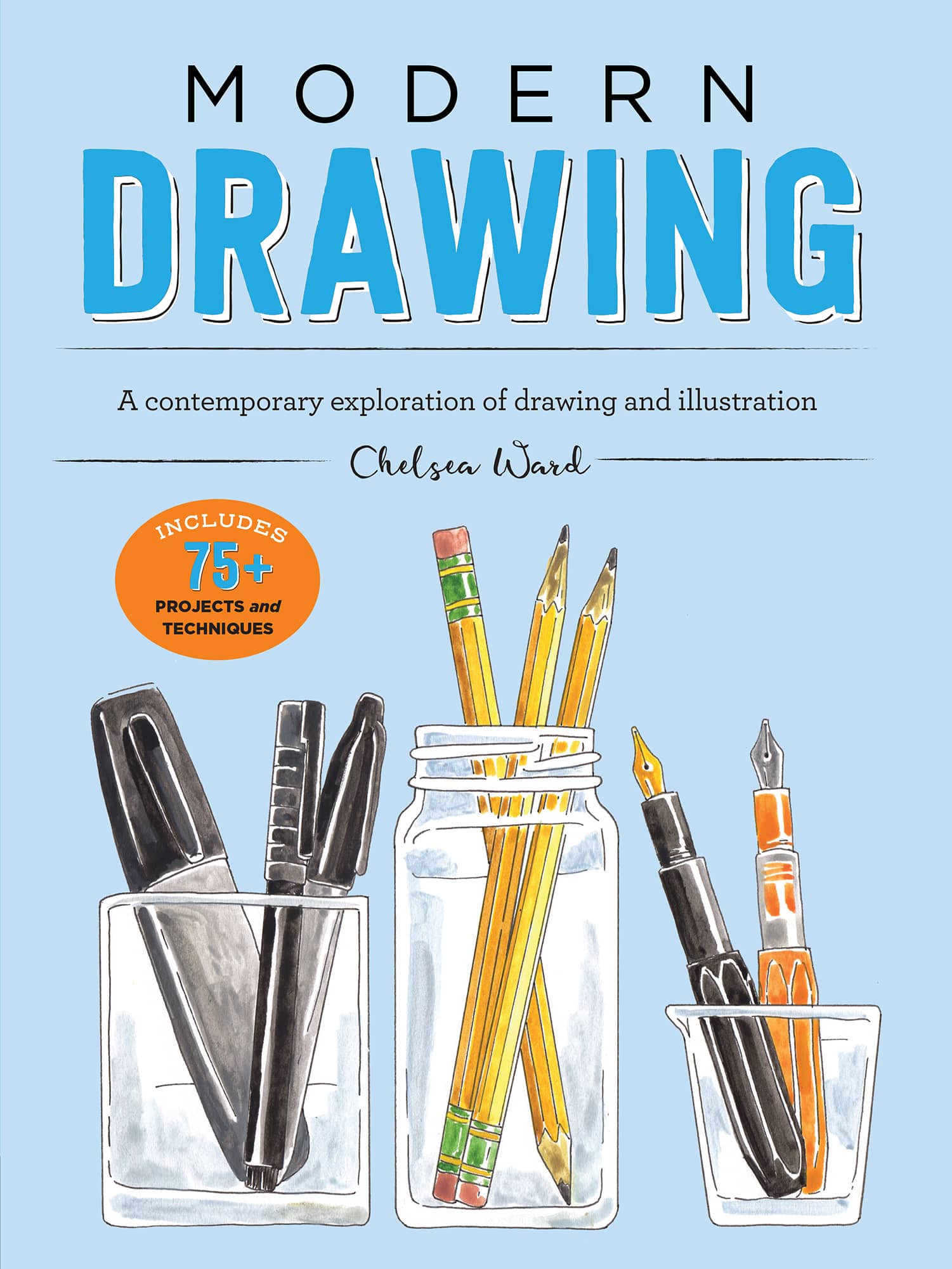
MODERN DRAWING
A contemporary exploration of drawing and illustration
CHELSEA WARD


2018 Quarto Publishing Group USA Inc.
Artwork and text 2018 Chelsea Ward
First Published in 2018 by Walter Foster Publishing, an imprint of The Quarto Group.
6 Orchard Road, Suite 100, Lake Forest, CA 92630, USA.
T (949) 380-7510 F (949) 380-7575 www.QuartoKnows.com
All rights reserved. No part of this book may be reproduced in any form without written permission of the copyright owners. All images in this book have been reproduced with the knowledge and prior consent of the artists concerned, and no responsibility is accepted by producer, publisher, or printer for any infringement of copyright or otherwise, arising from the contents of this publication. Every effort has been made to ensure that credits accurately comply with information supplied. We apologize for any inaccuracies that may have occurred and will resolve inaccurate or missing information in a subsequent reprinting of the book.
Walter Foster Publishing titles are also available at discount for retail, wholesale, promotional, and bulk purchase. For details, contact the Special Sales Manager by email at or by mail at The Quarto Group, Attn: Special Sales Manager, 401 Second Avenue North, Suite 310, Minneapolis, MN 55401 USA.
Digital edition: 978-1-63322-493-3
Softcover edition: 978-1-63322-492-6
Acquiring & Project Editor: Stephanie Carbajal
Page Layout: Erin Fahringer
INTRODUCTION
When my students ask what my last name is, I tell them, Its drawbackwards. Besides being part of my name, drawing has always been an important part of my life. Some of my earliest memories involve doodling on a yellow legal pad with a pen I snagged from my moms pursewith crayons on the backside of a paper menu at a restauranton the metal cabinets in my dads shop with chalk.
Years later, and Im still an avid drawer. From 100-Day Drawing Challenges to filling a hand-bound sketchbook within a month while traveling abroad, drawing is a huge part of my life. It has taken years of practice, countless erased drawings, and many, many embarrassing sketchbooks to develop my own style, grow my skills, and train my eye.
Drawing is a unique type of art making, because its not limited to just one tool. In my studio, I have a stash of pens in varying tip sizes and colors, along with brushes, inks, markers, watercolor pencils, and more. When traveling, I bring along my trusted fountain pen and water brushes. For much of my work, I finish the piece with watercolorsor even digitally on my computerbut everything starts with a basic pencil drawing.
Just like nearly all art forms and media, drawing starts with the most basic of materialsa simple pencil and a piece of paper. Drawing is a fundamental skill that is the foundation for a whole slew of other art-making methods: watercolor, sculpture, digital art, chalk lettering, oil painting, architecture, comic book illustration, and more. Compared to others, drawing may not be the flashiest of media, but it is arguably the most important.
For modern drawing, I like to think that the rules are meant to be tested, erased, and then tested again. But in order to test those boundaries, you need to understand the rules first. In this book, youll find instructions for drawing basicseverything from starting with a simple line to working with shapes to building a complex figure. Well go through the basics of drawing and work our way through the materials and different methods of drawing various subjects. Well play with a variety of materials and experiment with different ways to use them. Drawing shouldnt just be limited to one tool, or even to just dry media. A fountain pen sketch can go from just a drawing to an ink-and-wash painting with the help of a paintbrush and a little water. Combining watercolor and pen can lead to unique multimedia discoveries. Ill also show you my tips and tricks for keeping a sketchbook and building your skills and confidence with modern drawingin the studio or on the road.

SUPPLIES
With modern drawing, the options are endless, especially when it comes to supplies. There are so many different and unexpected supplies that you can usecalligraphy brushes, fountain pens, felt-tip markers, charcoal pencils, a stick with loose ink, and more.
PENCILS
There are a variety of good pencils, but never underestimate the usefulness of a basic #2 pencil! There are limits to how dark you can shade with a #2, but for preliminary sketches or just to get an idea down before you forget (or your subject walks, drives, or runs off), #2 pencils are an invaluable tool.
I use a mechanical pencil for much of my sketching and doodling. Especially when traveling, eliminating the need to carry around a sharpener can be very helpful! No need to track down a trashcan for pencil shavings or worry about the sharpener opening in your bag during transport. Mechanical pencils are always sharp and easily reloaded with more lead. They are also limited in how dark you can shade, like their cousin the #2, but theyre still a great basic to have on hand.
PENS
When it comes to shopping for artist pens, it can be overwhelming, since there are so many great brands. I recommend exploring as many as you can! Each brand has their own variety of tip sizes and widths, as well as different colors to choose from.
WATERPROOF OR WATER-SOLUBLE PENS Different drawing scenarios require different kinds of pens. A good, fine-point waterproof pen is a great tool for nearly every drawing situation. I often use these when making a sketch that I dont have time to watercolor on-site. Since theyre waterproof (or permanent), you dont have to worry about watercolors (or rogue raindrops, if youre drawing outside) making the ink run or smear. Waterproof pens can also be used on top of dry watercolor paintings or pencil sketches to add details or emphasis.
On the other side of the pen spectrum are water-soluble penspens with ink that isnt waterproof. While these may seem messier and less practical, with a few brushstrokes of water, you can turn any drawing into an ink-and-wash painting!




